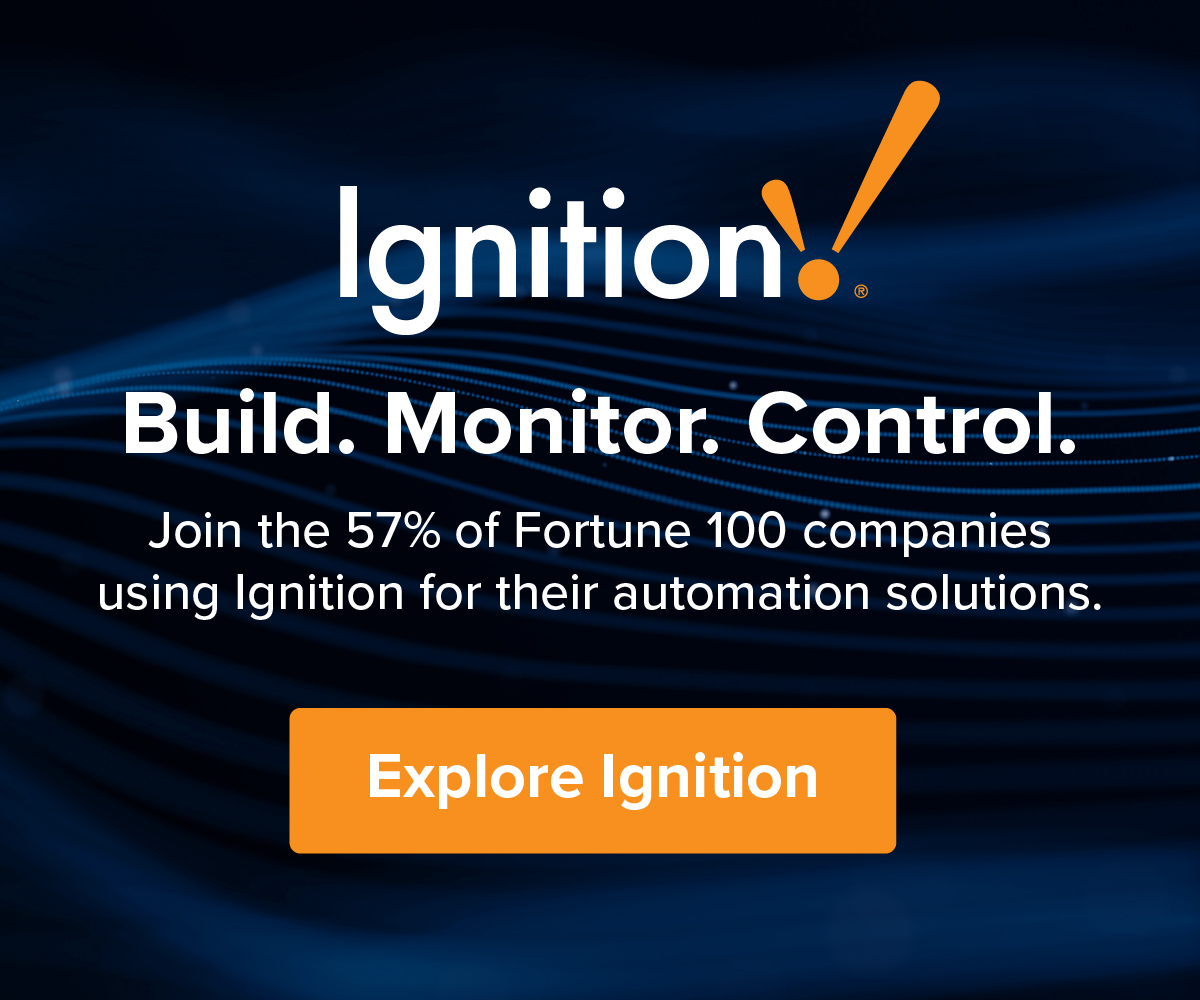Industrial Automation Hannover Trip Day Four
Recap
After four days of meetings in Hannover plus a side trip to Austria for a day (see below), I’m trying to answer the question I got several times Wednesday–were there any big things at the show.
Energy was the major topic of the show. At the Profibus International booth, there was a display wall with many products released that support ProfiEnergy. Around the show, variable frequency drives, energy monitoring and feedback and other ideas extolled energy savings. In addition to the other coverage I’ve reported, I didn’t have specific interviews at the ABB or Schneider Electric stands. But both were mostly organized around electric power with automation given small space.
Some of these ideas are multidimensional. Both B&R and Bosch Rexroth described servo/hydraulic combined systems that not only reduce energy usage, but they also lead to quieter, more productive machines. (By the way, this show had very little process automation component. It was very factory automation centric.)
Networking, especially safety networking, was everywhere. It has become an essential element of an automation system.
The aisles were packed with visitors–a good sign that we are well into a recovery from The Crisis. There was much positive buzz. Here’s a representative picture from the Bosch Rexroth booth:

About the only release that I’m still contemplating the meaning came from ODVA. Now that Bosch Rexroth has become a significant member and brought along Sercos, that latter organization is joining with ODVA and the OPC Foundation to form a task force to figure out how to make the EtherNet/IP and Sercos III platforms a better communications backbone for information from the machine to the enterprise. A task force is forming to determine what it will do. So–we wait and see.
Automation World coverage
The reports that I’ve done and the videos that Jim Chrzan have shot can be found here at Automation World..
Trip to B&R Automation
B&R Automation, Eggelsberg, Austria, celebrated its 30th anniversary during the downturn last year. Fiscal year 2009 was the first year of declining revenues since the founding. But FY 2010 was above 2008 and 2011 appears to be on another growth spurt. The company is projecting 15 percent per year growth for the next few years. It is currently about 360 million Euros in sales with about 2,300 employees worldwide. It currently is growing rapidly in Asia, especially both China and India.
The company flew a number of editors from U.S. publications to company headquarters during Hannover week to show off its new facility and brief us on the company and its technologies.
In technology, the company emphasizes open standards, modularity and granularity. Its architecture emphasizes placing as many components on the machine (out of the cabinet) as possible. But it also features centralized control–including the ability to use one central processing unit (CPU) for many purposes such as logic, CNC, robotics and motion. The company is private and therefore able to continue to invest about 16 percent to 17 percent of revenues into research and development.
The latest technology is One Safety. This is a protocol stack that allows devices on another Ethernet network–say EtherNet/IP or Profinet–to pass safety information to a central control. The idea is an open standard that would integrate all the fieldbuses at a control level. In this way, an end user customer could still implement safety networking even though it may use more than one fieldbus in a production line.
Peter Gucher, B&R general manager, sat down to chat with me during the visit. He said that one of the technology trends he is seeing is increasing complexity of machines with more axes of motion under control. On the other hand, more axes of control means greater flexibility for a manufacturer–certainly a desirable feature in modern manufacturing. But the options that allow for more axes need to be modularized to make it easier to choose and implement.
He emphasized the combination of mechatronic models (mathematical models of mechanical motions and electrical controls) with the company’s Automation Studio controls design software. Because Automation Studio supports symbolic addressing, a system can be designed before it is deployed to specific hardware. The software also allows for tuning loops to different speeds–in this manner designs can be deployed to a wide variety of hardware platforms.
B&R also sees potential in building automation. Interestingly, Gucher also (I heard this earlier in the week) described combination electric servo and hydraulic systems that are not only energy efficient, but also run more quietly (a benefit at a time when companies and regulators are striving to reduce noise in factories) and cooler (another benefit of not generating heat which then must be cooled).
Here Christian Kastinger, international sales and our host, leads a tour of U.S. editors on a tour of B&R’s manufacturing facilities. There is some of the latest circuit board production equipment and much testing:

And the company “eats its own dog food” using B&R drives on this machine:

The company just completed a huge expansion including this automated (by B&R equipment, of course) storage and retrieval system:


Here’s the obligatory view from my room over the lake. Sun was rare and welcome, but it also causes much glare 😉







Yeah, it's great they (B&R, Beckhoff, etc) all promote open standards — the problem is that they all promote different ones!
You're right, Tony. There is a misunderstood thing about standards–people think that there is only one! And there is a subtle difference between "standard" and "open" sometimes. It provides work for editors to try to explain it all!